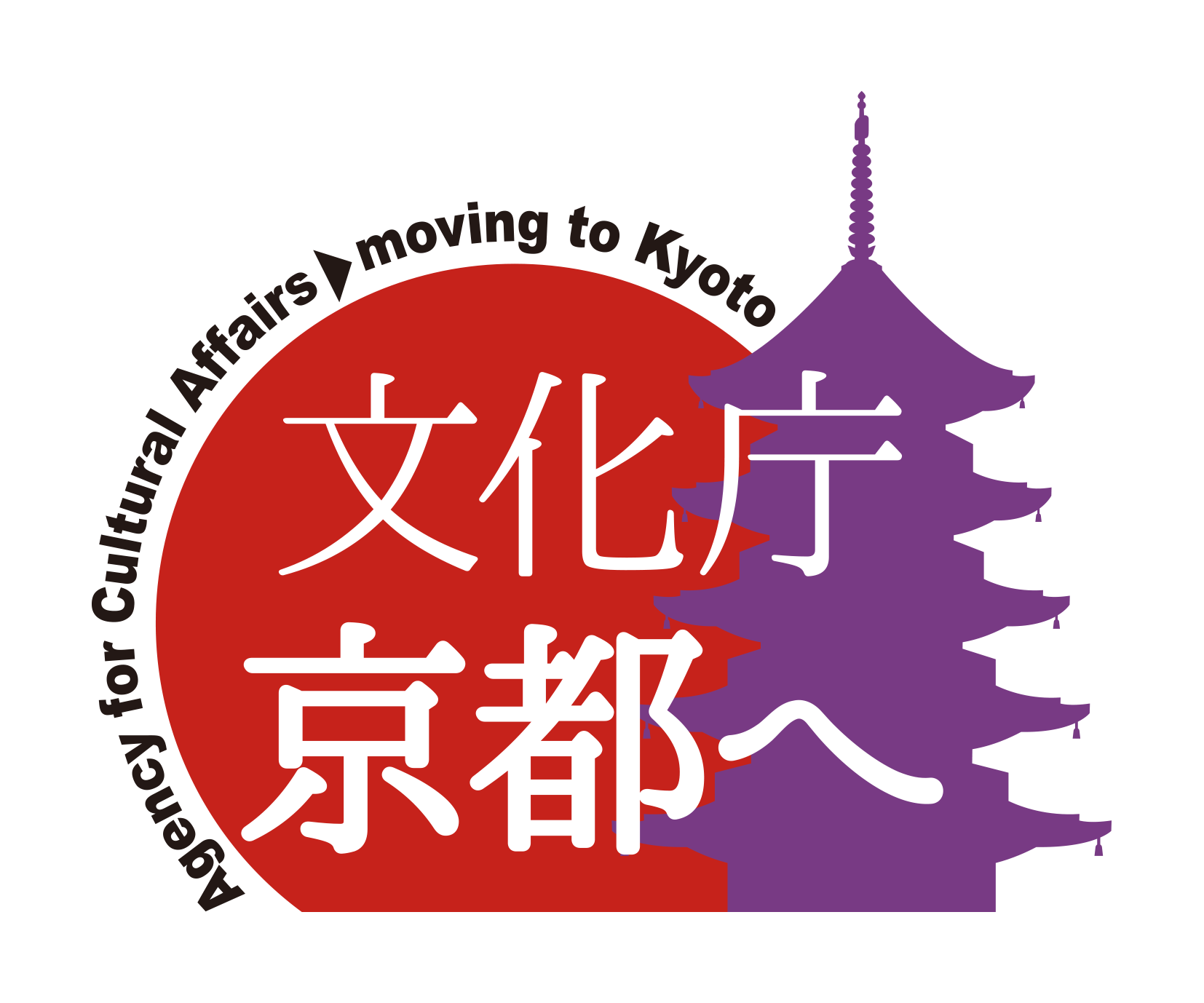Business Overview
The declining birthrate is expected to accelerate more than expected and the era of university selection is expected to arrive, and there are many concerns about securing Japan students and acquiring international students, especially due to the decline in the 18-year-old population in the region. In addition, in light of the increase in school recommendation-type selection and comprehensive selection, the introduction of inquiry-based entrance examinations, and the transformation of educational content envisioned by the GIGA School Concept, which actively promotes ICT education, it is necessary to design new selection designs and connected education at each university in order to achieve the transition between high school and university.
Therefore, we will carry out a project for high school and university faculty and staff in Kyoto Prefecture under the name of “Kyoto High School and University Connection Regional Network (KARN)” with the aim of strengthening the reception system for university students in Kyoto as a whole, promoting the appeal of the university, and aiming for human resource development and networking that can realize entrance examination reform and high school-university connections.
Kyoto Articulation Regional Network
*Abbreviation: KARN
- Participation Fee
- free
- sponsorship
- Kyoto High School-University Collaborative Research Council (Kyoto Prefectural Board of Education, Kyoto City Board of Education, Kyoto Prefectural Federation of Private Junior and Senior High Schools, Kyoto Chamber of Commerce and Industry, University Consortium Kyoto)
| Session 1 “University Entrance Examinations from the Basics: Let’s Correctly Understand the Entrance Examination System and Data and Think About the Future of Universities” | |
|---|---|
| summary | As the population of 18-year-olds decreases, reform of entrance examinations and reform of the connection between high school and university is an urgent issue for each university. In order to promote reform, it is important to first have a correct understanding of national policies and the entrance examination system for national, public and private universities based on them. It is also important to familiarize yourself with examples of entrance examinations at other universities, including the background of their introduction. Only then will we be able to objectively look at our own university entrance examinations and proceed with reforms with a “meta” mindset. In this article, we will correctly understand the trends in the 18-year-old population and entrance examination data, which we think we have “somehow understood,” and explore the current situation and future of universities in Kyoto. In the group work, case studies from each university will be presented and information will be exchanged, and it will be an opportunity to build a network of faculty and staff members of universities in Kyoto. After the program, there will be a social gathering, so please join us! |
| Re | Saturday, May 18, 2024 13:00~16:00 (Reception 12:30~) |
| Venue | Campus Plaza Kyoto, 5th floor, 2nd, 3rd, and 4th seminar rooms |
| Speakers | Ryuji Sato (Specialized Specialist Staff, Admissions Planning Division, Education Promotion and Student Support Department, Kyoto University (in charge of special entrance examinations)) |
| Capacity | Maximum of 30 people (first-come, first-served basis) |
| schedule |
13:00~13:10 Opening remarks, explanation of the purpose and schedule of this project 13:10~14:10 Lecture “Correctly Understanding Japan’s Entrance Examination System and Data” 14:10~14:20 Coffee Break 14:20~15:10 Group work (case studies and information sharing from each university) 15:10~15:20 Coffee Break 15:20~15:50 Information sharing with the whole group (find reference examples of your own university) 15:50~16:00 Closing remarks and questionnaire responses 17:30 get-together |
| Part 2 “Is your university advertising? What is student recruitment PR that makes a difference?” | |
|---|---|
| summary | As the population of 18-year-olds continues to decline, the role of public relations in universities is becoming increasingly important. With the spread of SNS, work has diversified, and there are cases where the purpose of public relations work has become the purpose of implementation due to its busy schedule. The aim of this program is to grasp the overall picture of public relations, and to objectively recognize whether the work you are working on is “advertising” or “public relations” and what the purpose of each work is. In addition, students will think about the purpose and stakeholders of “open campus,” “high school visits,” and “media advertisements (booklets, web/SNS, videos, etc.),” recognize the differences between their own university and other universities’ student recruitment publicity through group work, and think about the optimal solution. |
| Re | Saturday, June 22, 2024 13:30~16:30 (Reception 13:00~) |
| Venue | Campus Plaza Kyoto 5th Floor Seminar Room 2~4 |
| Speakers | Ms. Rumiko Nagano Kyoritsu Women’s University, University Planning Division, Public Relations Planning Group |
| Capacity | Up to 30 people (on a first-come, first-served basis) |
| Pre-Assignment |
(1) Understand the departments involved in public relations at your university and their duties. (2) Name two universities that you think are good at public relations, and summarize the reasons for this in your own way.
◆ Regarding (1) and (2), please submit the preliminary assignment to the secretariat as follows. ◆ |
| schedule |
13:30-13:40 Opening remarks, explanation of the purpose and schedule of this project 13:40-14:10 Lecture (1) “Difference Between Public Relations and Advertising / Three Types of Public Relations” 14:10-14:30 Individual work (organizing public relations work for your university) 14:30-15:00 Lecture (2) “Thinking about the Three Major Mainstreams of Student Recruitment Public Relations” 15:00-15:30 Group Work (Public relations work such as open campuses and high school visits at each university Case Presentations and Information Sharing) 15:30-16:00 Information sharing with the whole group 16:00-16:15 Conclusion 16:15-16:30 Closing remarks and questionnaire responses 17:30- Reception * Breaks will be set up as appropriate during the program. |
Inquiries
University Consortium Kyoto, Educational Development Division, High School-University Collaboration Project
Tel: 075-353-9153 FAX: 075-353-9101
〒600-8216 Shimogyo-ku, Kyoto-shi, Nishitoin-dori, Shiokoji, Shimo-ku, Kyoto, Campus Plaza Kyoto
* Reception hours: Tuesday ~ Saturday 9:00 ~ 17:00 (excluding year-end and New Year holidays)
















